Winter Garden Pests: Assessing The Damage
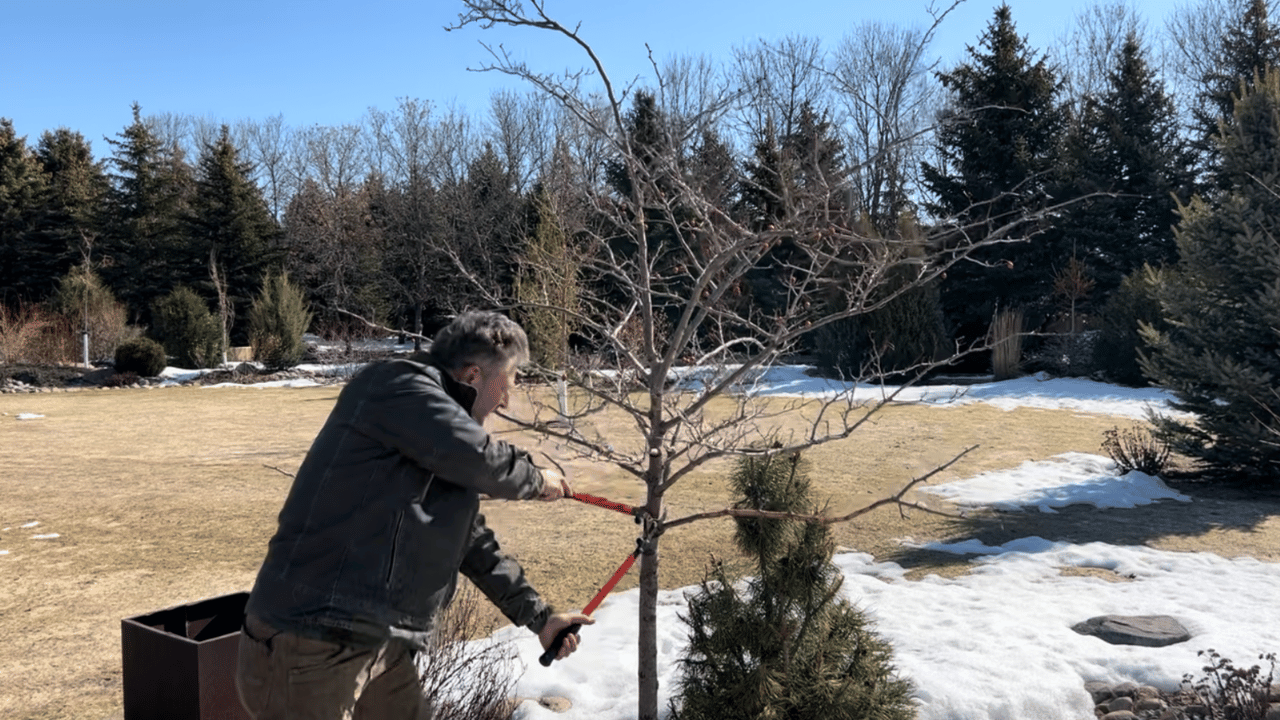
The three primary pests in winter are rabbits, voles, and deer.
Rabbits!
In my landscape, after winter, rabbit damage usually appears on Spirea, Barberry, Roses, Arborvitae, and Apple trees. This is by no means a complete list of susceptible plant species.
Considering how many thorns are on roses and barberry shrubs, I'm always amazed at how they can devour even the largest shrubs to the ground. The damage to deciduous shrubs is usually not a long-term problem since they can be rejuvenated. Rejuvenation pruning can benefit many shrub varieties as you will get better leaf color and a flowering surge on the new spring growth. This all depends on the variety of shrubs, of course.
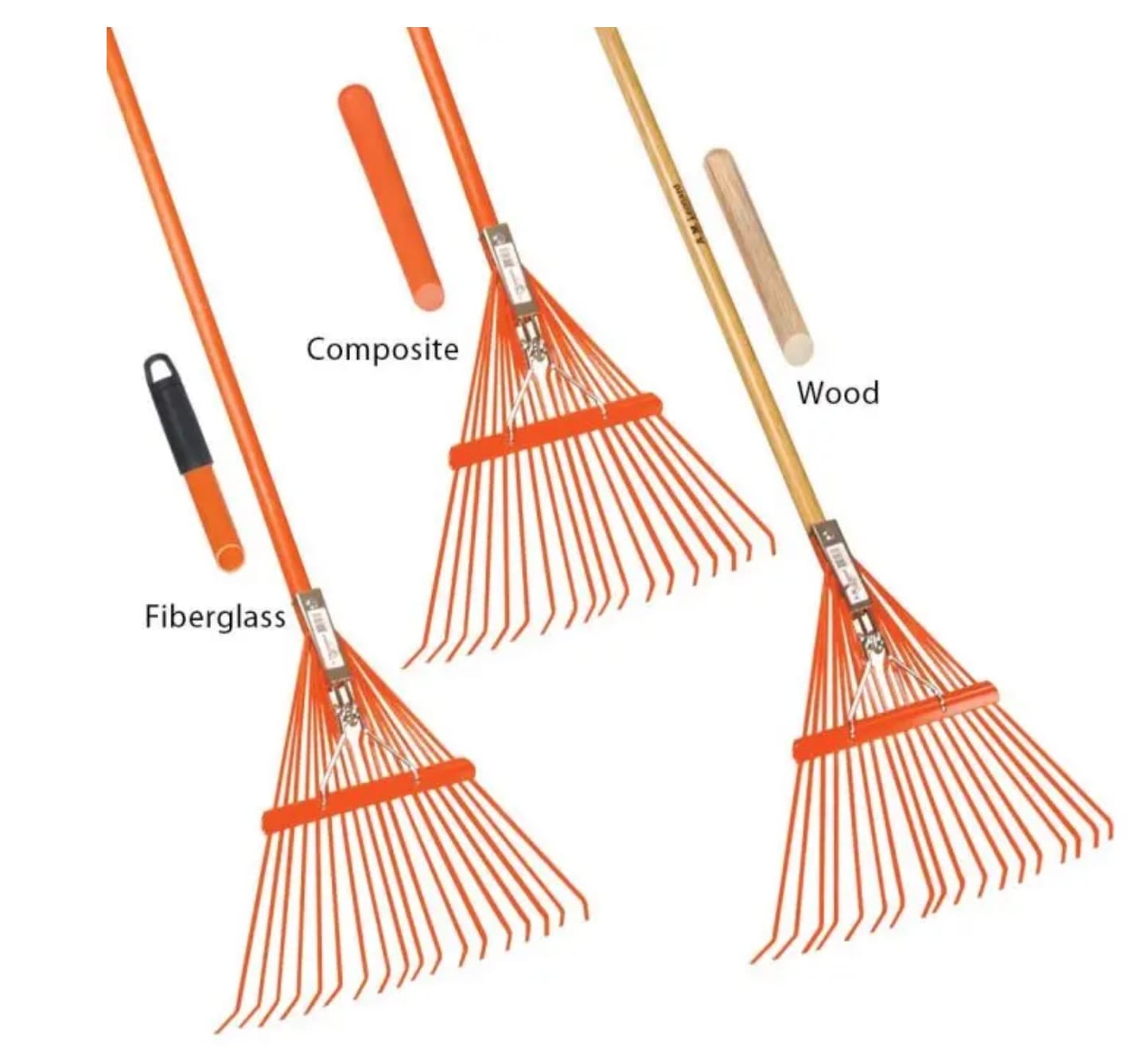
Leonard Spring Rakes
Durable rakes for long lasting performance
Garden Hike is supported by its audience. When you purchase through links on this site, we may earn a small commission at no additional charge to you.
I have several videos where I show how you can rejuvenate shrubs. Watch them here, here, and here. Damage on evergreens can be more permanent, especially when voles get in on the fun.
The rabbit droppings left behind are also a favorite treat for our dog, Bandit, in the spring. I don't believe this delicacy is a health concern; it is just gross! That's a nuisance, as removing all the small droppings is difficult. Luckily, I have a lot of wood mulch beds. I'll mix them in, and they degrade quickly. Free fertilizer, what am I complaining about.
Voles!
For little buggers, they sure cause big problems. Favorite plants for voles in our landscape include Arborvitae, Burning Bush, Apple, and turf grass. Living near natural areas with native or tall grasses will amplify the problem. This type of vegetation provides cover for them, and they will travel towards their favorite plants for dessert.
Look at the photos of damage created on these Techny Arborvitae caused by girdling! Luckily, these were not in my landscape; I only had minor damage. They looked as good as new after some light pruning. You can watch that pruning process here. A video showing the removal of a large Techny Arborvitae due to extensive damage can be viewed here.
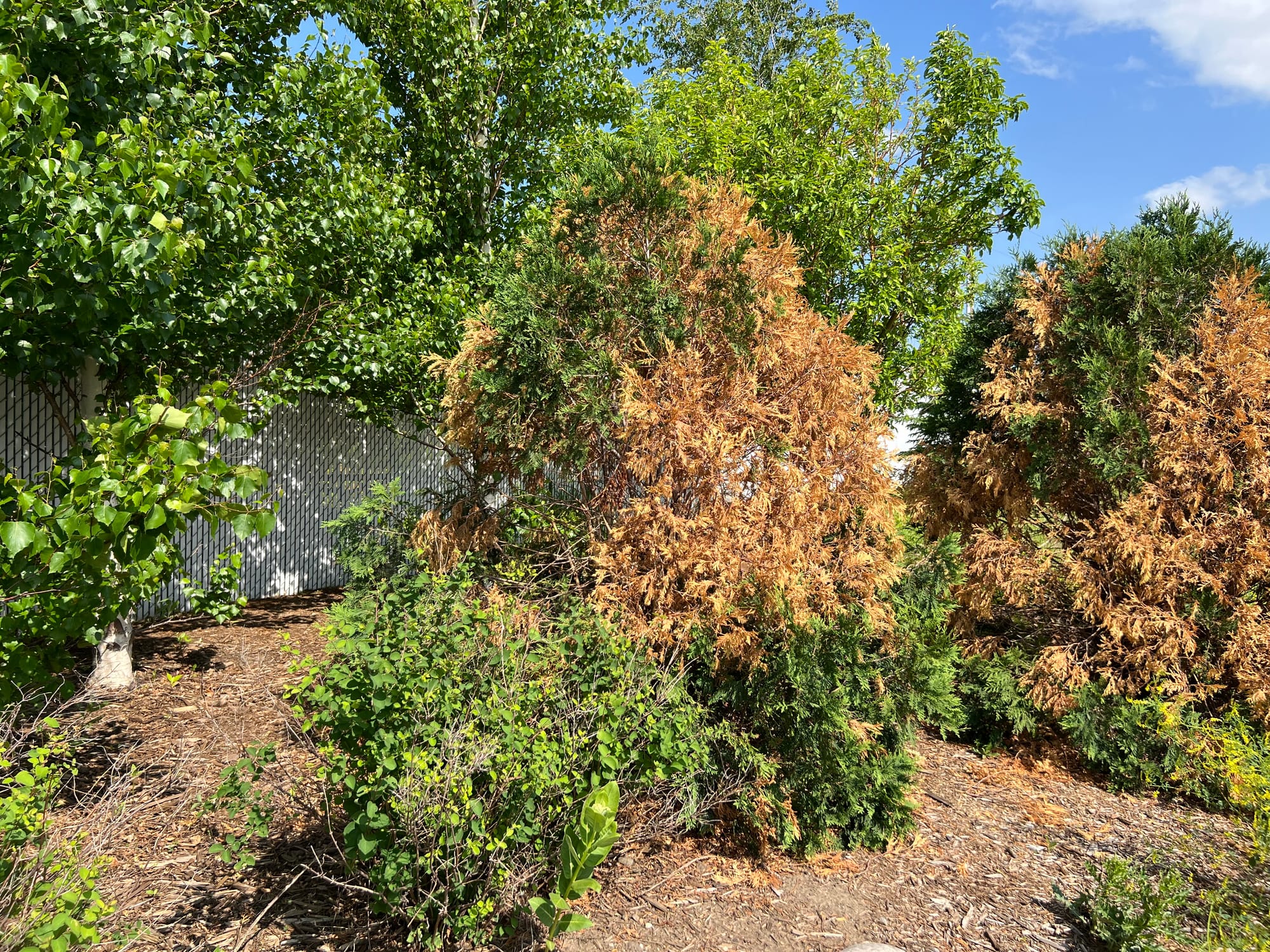
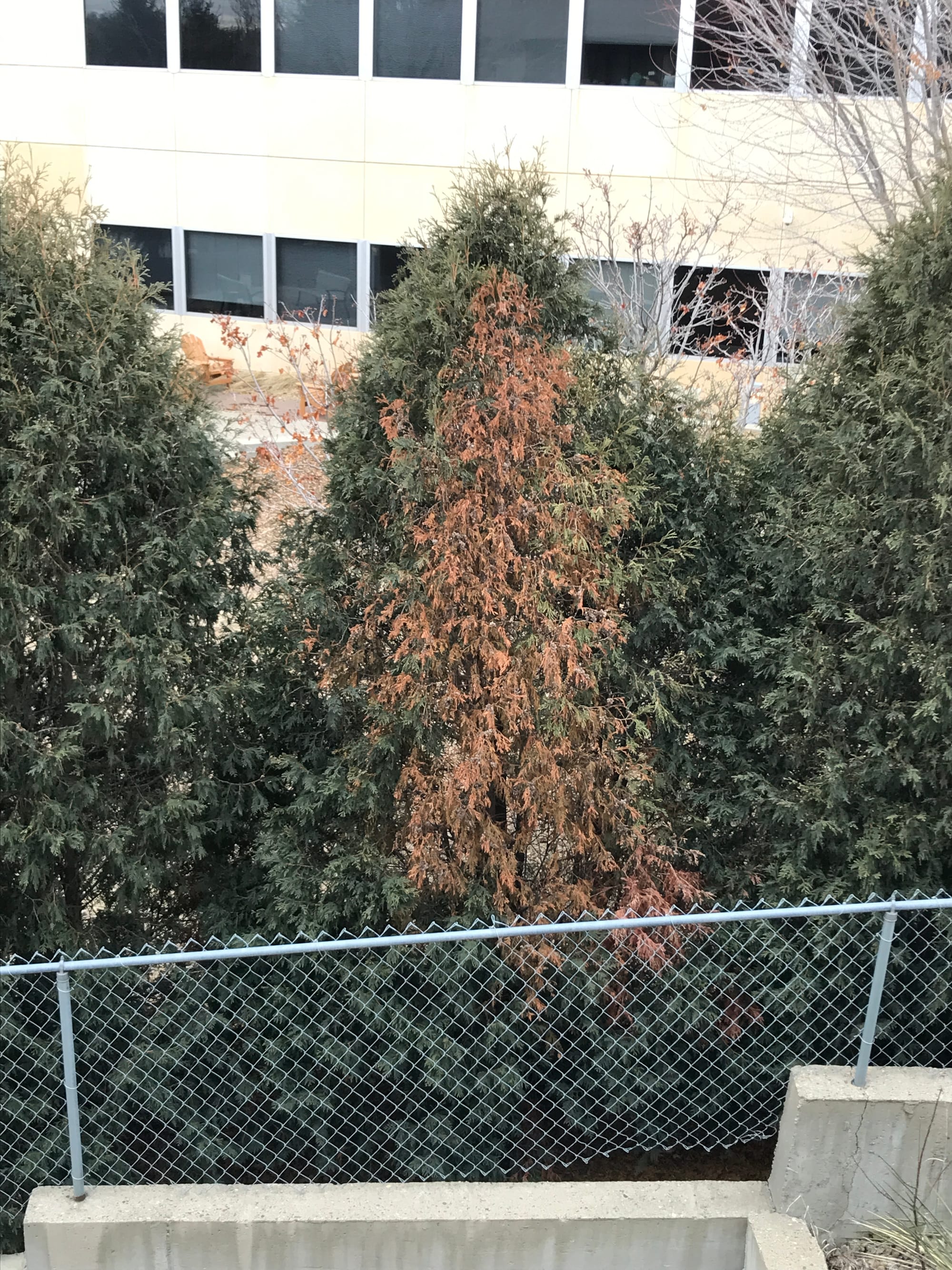
Girdling Damage On Techny Arborvitae
Voles and lawns! It's never really bothered me when voles have fed on my turf areas. I'd prefer they hang out under the snow and feed on my grass rather than girdle a 15-year-old specimen tree. The best line of defense here is to mow your turf grass to a shorter height before winter. This is about 1.5 to 2" for the bluegrass and fescue grass blends grown in my area of the northern Great Plains. Vole damage on lawns usually fully recovers since the feeding damage is mainly on the surface.
The damage by voles can leave a thin or patchy look on your lawn for several months into the growing season. And this look is as good as "completely destroyed" for some passionate folks about their lawns. I do not recommend adding new soil or seeds to the damaged areas, as you are likely to bring in a new crop of weed seeds with the soil. Unless you know the exact seed variety, you can also introduce a patchy look that is even worse than if you had just left it alone. Removing the dead clippings left behind after winter with a rake or vacuum is essential. Thick clippings can become matted and choke out the new growth.
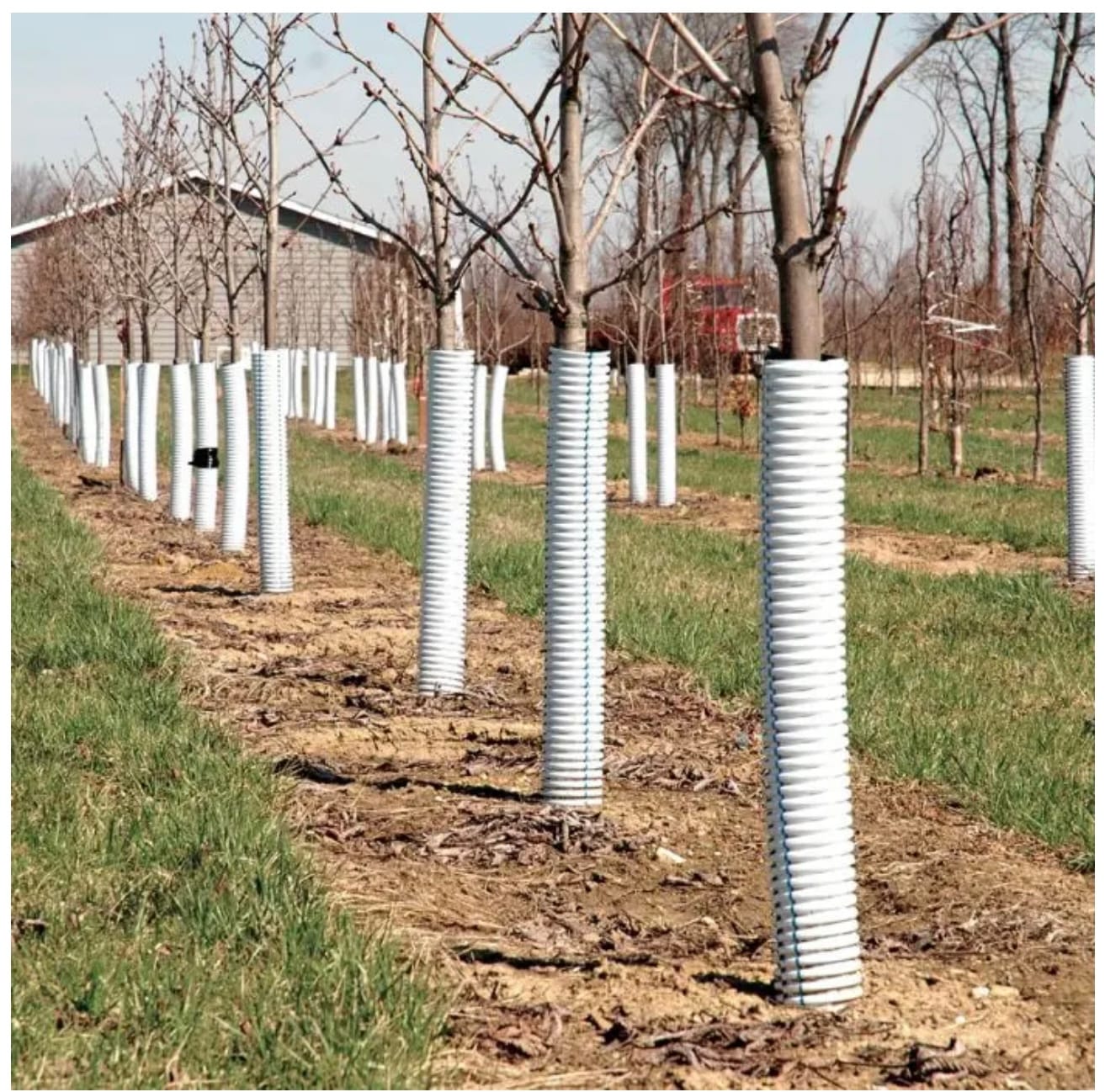
Corrugated Tree Guards, 3FT x 3IN Diameter, Bundle of 2
Protect your young trees from animals, weather, and equipment
Girdling on trees by voles can kill trees due to removing crucial vascular tissue essential for a tree's survival. The photos below show examples of damage. Vole presence in my landscape is minimal, so I use plastic guards on my tree trunks. Where populations are elevated, you should consider using metal guards that will be impossible for them to chew through.
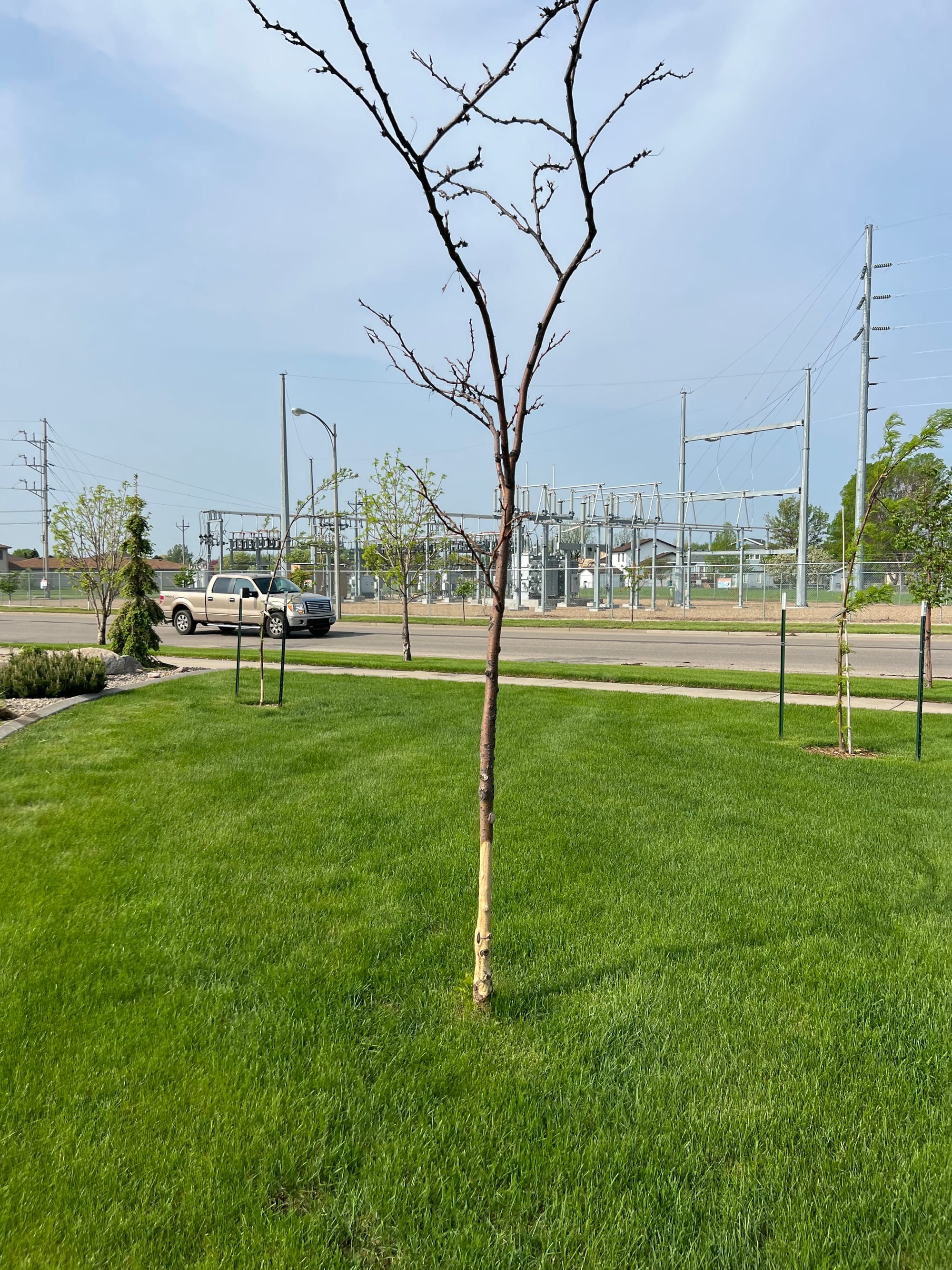
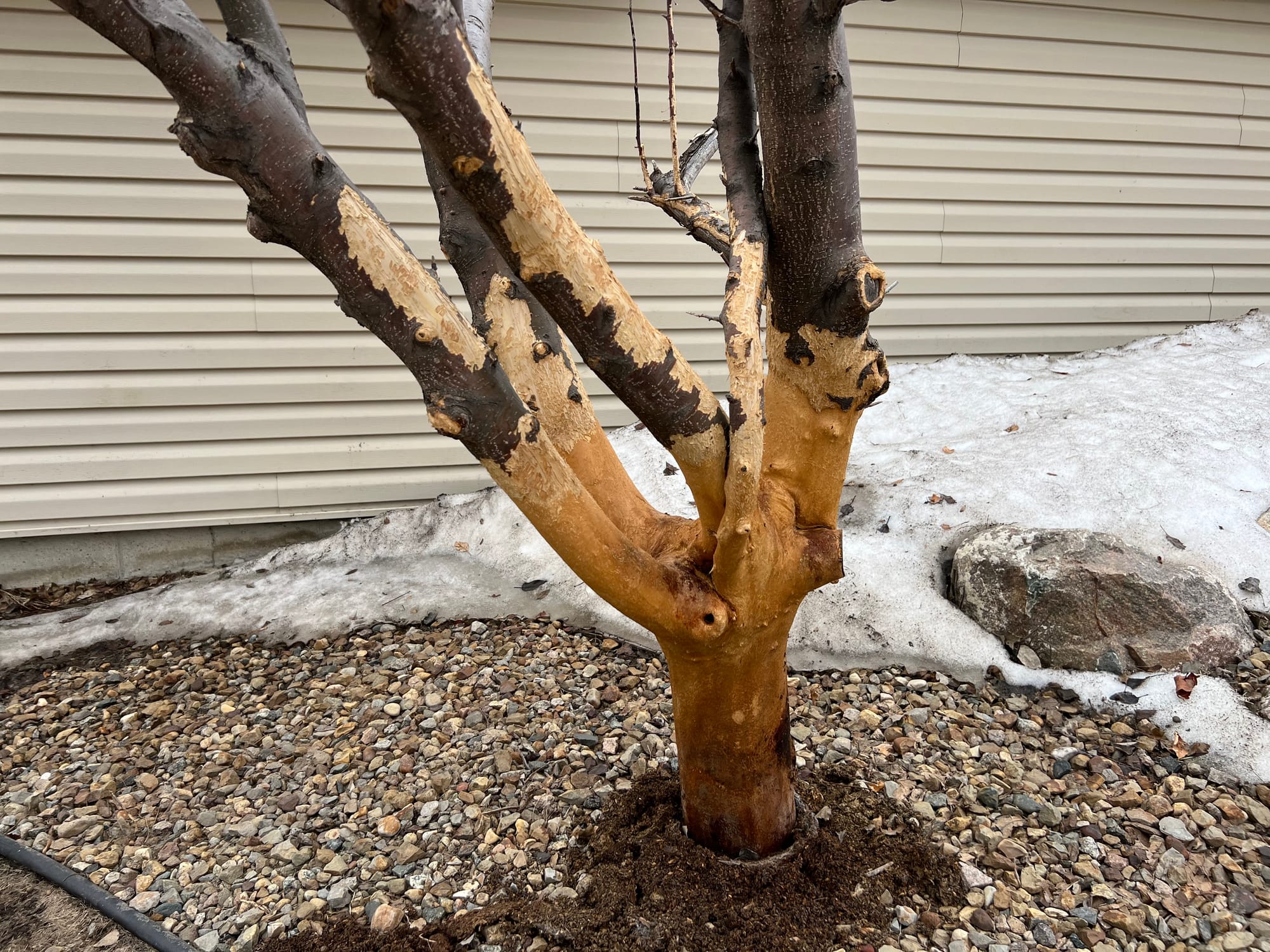
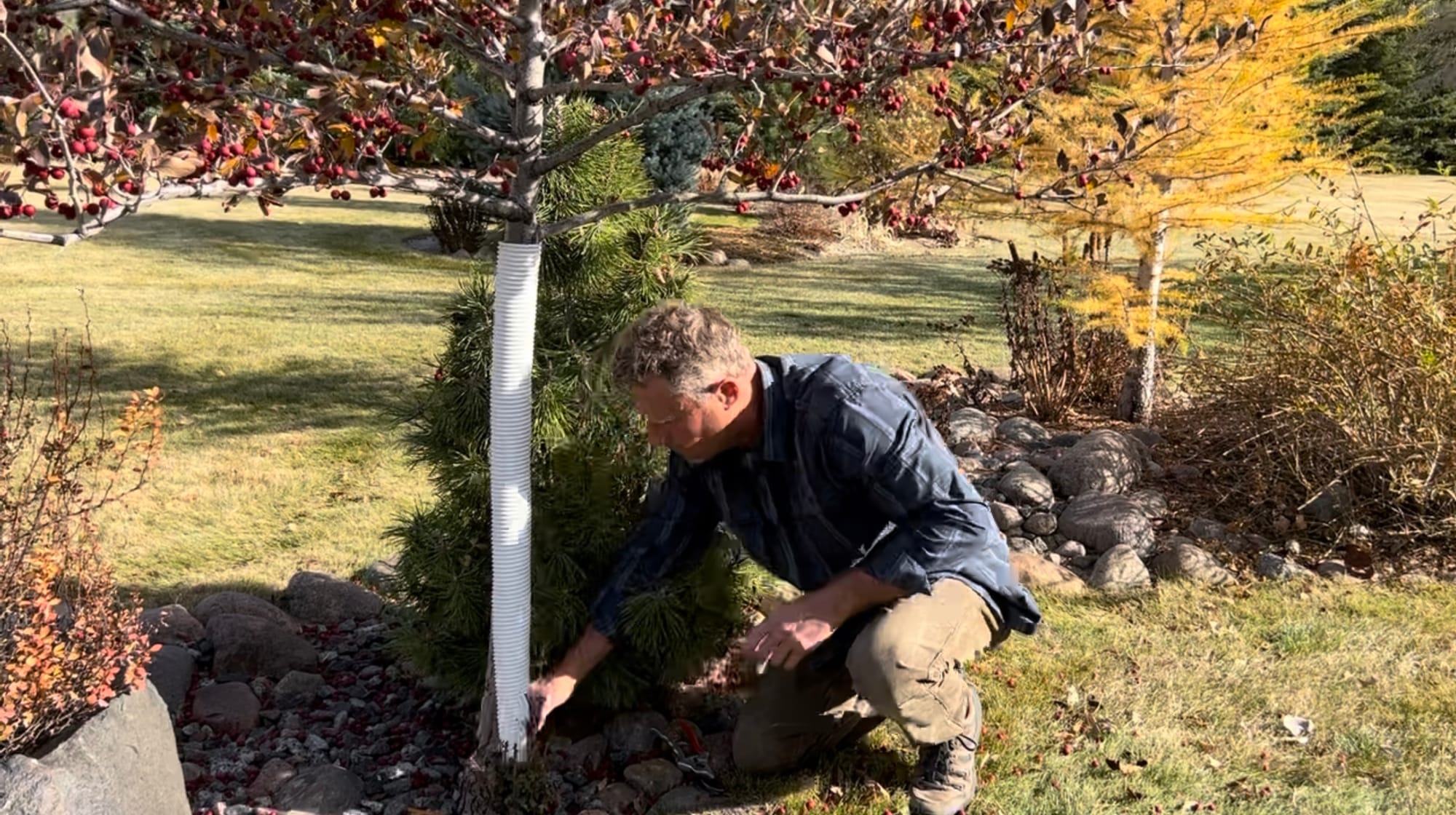
Girdling And Tree Guard
Deer!
Luckily, I do not have much of a deer presence. The deer only appear for a few months during winter's coldest part. I suspect my Colorado Spruce tree belt provides the protective cover they seek. While hanging around, they will usually wreck my Tiger Eyes Sumac, feed on lower Mountain Ash Limbs, and rub up against Aspen tree branches that are left exposed.
I have three little Swedish aspens I leave as decoys. It gives them their Aspen "fix," and they avoid the other plants around them. I made the mistake of leaving many fallen pears on the ground one season, and boy, did they love them. I like the idea of feeding wildlife but hate the additional damage they can create in the process.
When trying to protect younger trees from deer, your best line of defense is to put some wire mesh around the plant. This can be time-consuming and expensive, but for a small tree, it only takes one visit for a deer to ruin it. For perimeter control, fencing must be at least 7 feet high for best deterrence.
Again, the droppings are a delicacy for our little Bandit. What the heck is up with that?
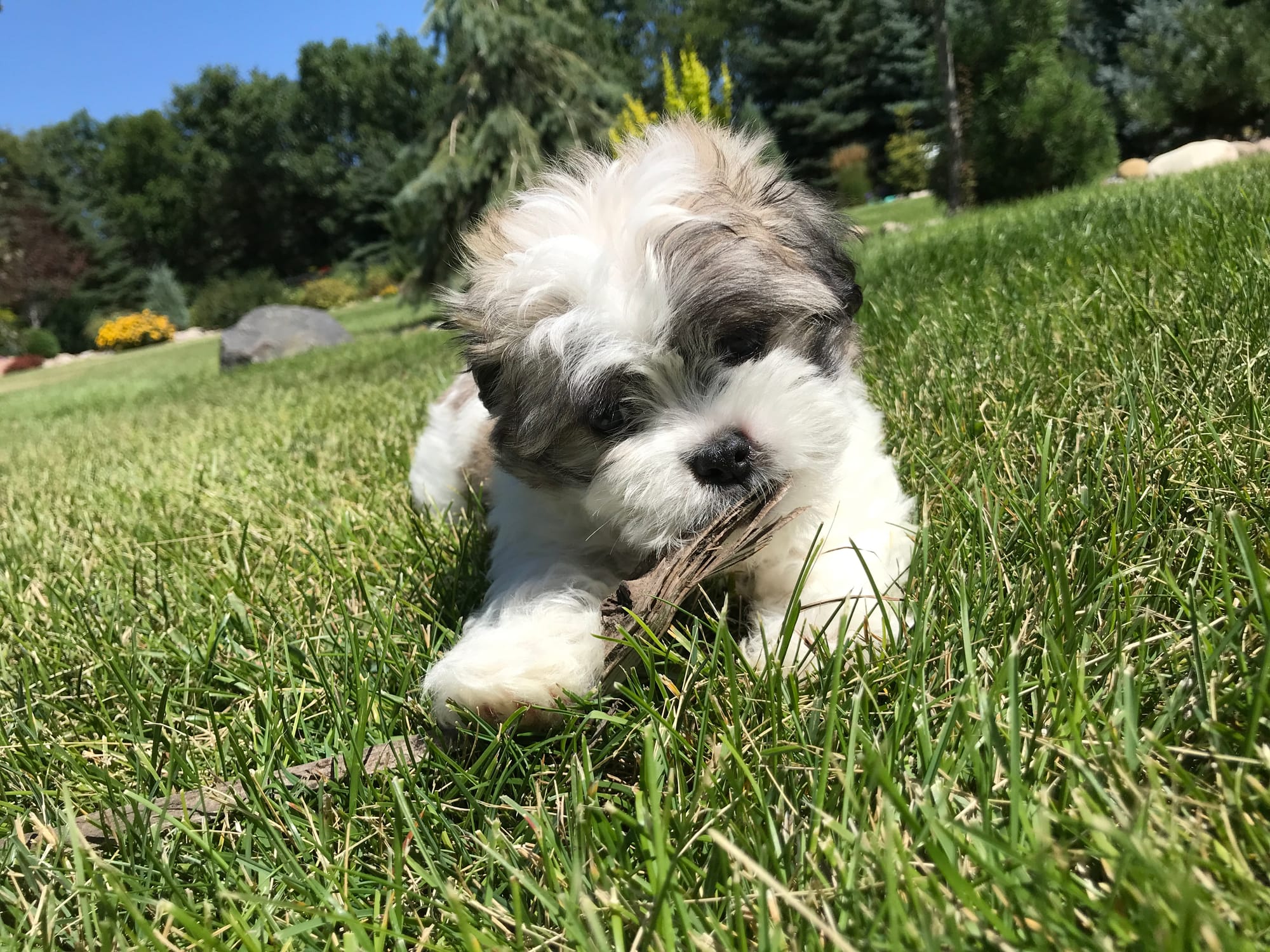
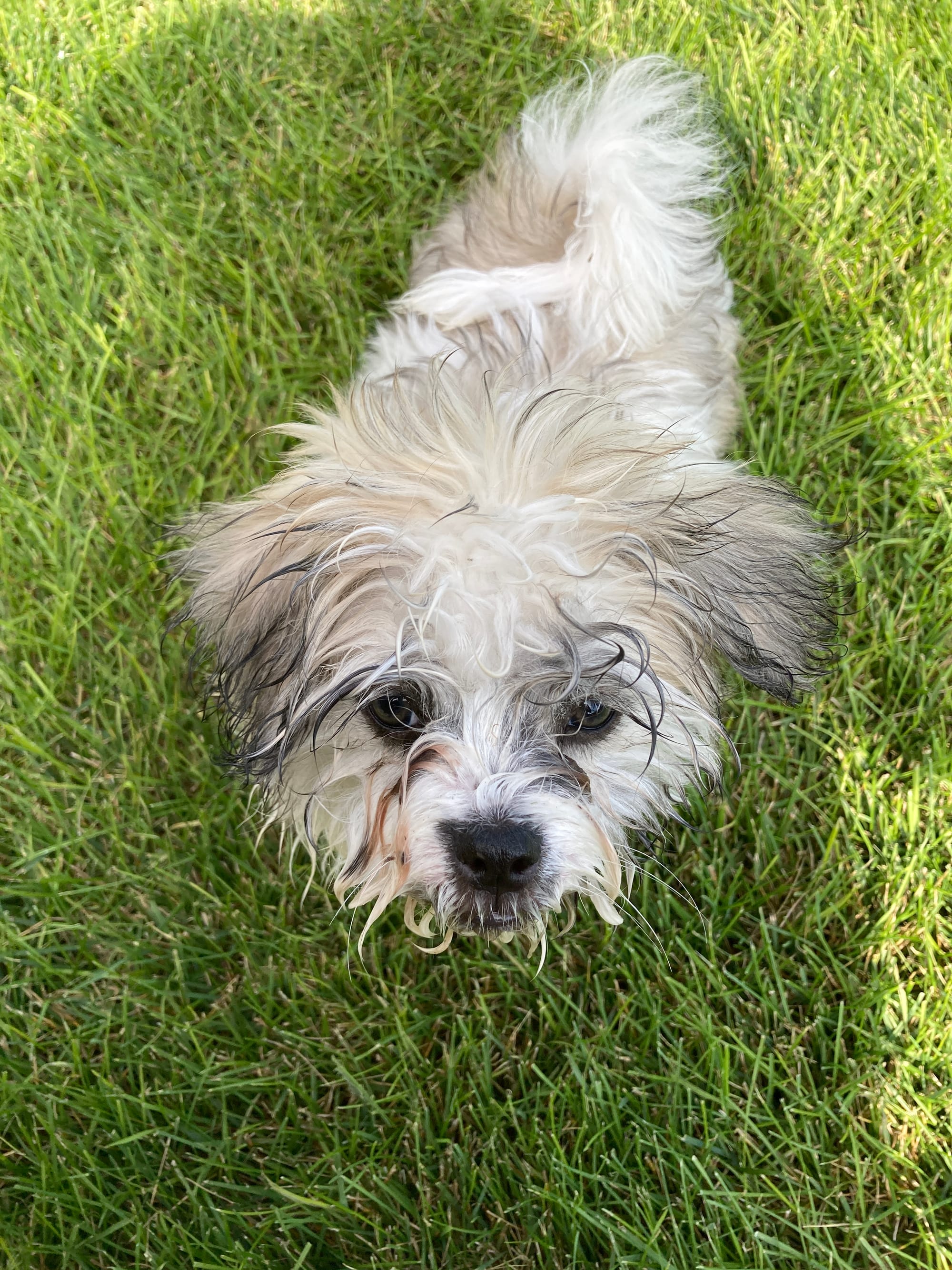

Bandit
Our video below shows you close up, the damage created by these three winter pests. It's random, and you never know where they will set up shop.
Deer Damage On Aspen Trees
Thanks for stopping by Garden Hike!
Kevin
Make sure you check out A.M. Leonard for all your horticulture tools and supplies. They're my go-to supplier! They've been in business since 1885 and have excellent quality and selection.
Use promo code GARDENHIKE10 at checkout to receive 10% off any order.

When you purchase through links on this site, we may earn a small commission at no additional charge to you.
